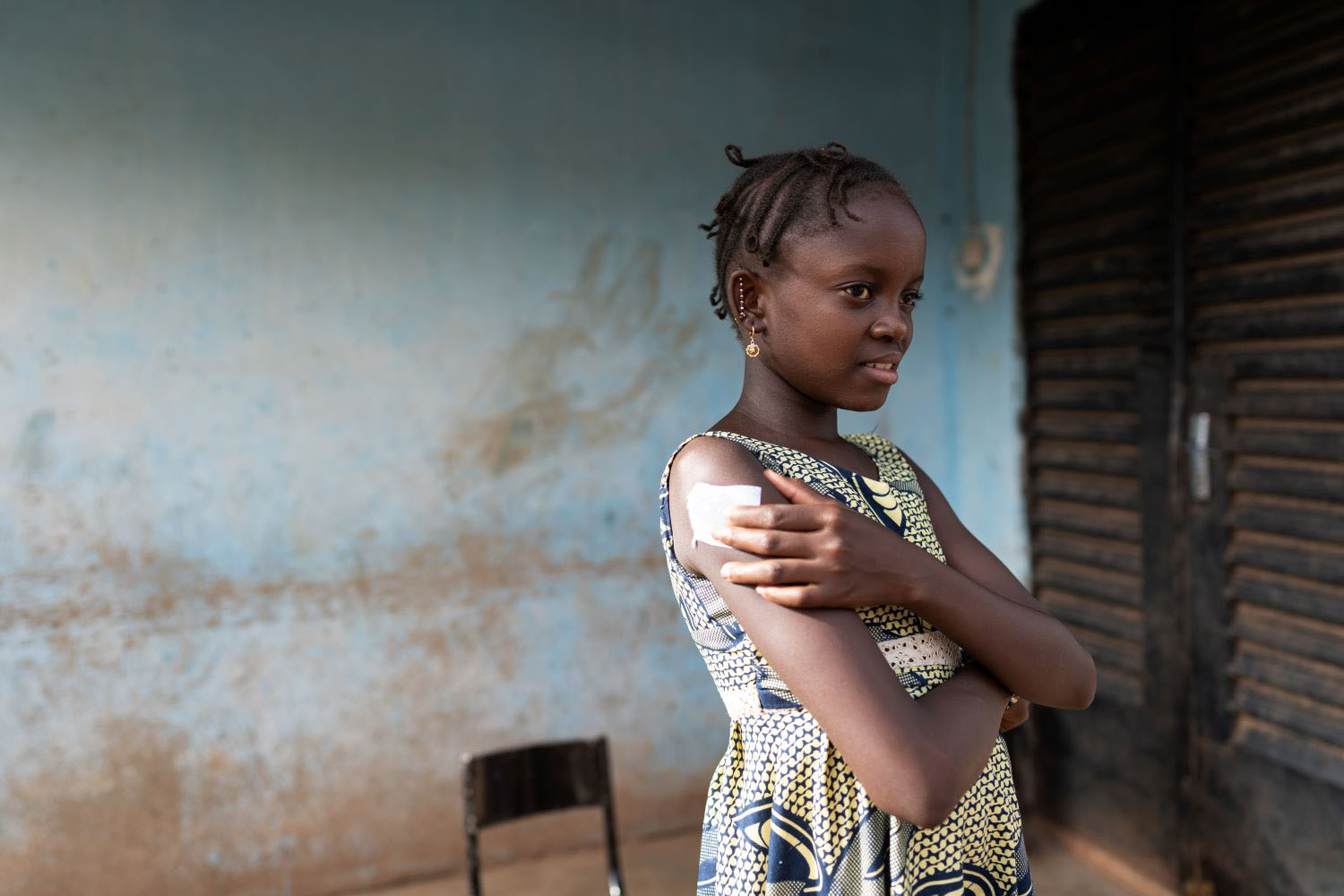The Disease Control Priorities Project has published its second edition, with an
accompanying website. It provides analysis, data, and recommendations to reduce the burden of disease in developing countries.A companion book,
Priorities In Health, summarises the main conclusions from the DCPP. The project finds that current resources can yield substantial health gains if knowledge of cost-effective interventions is applied more fully; and that additional resources are needed in low income countries to provide highly effective interventions, expand research and expand basic health coverage to more people.The
report finds that vaccination is highly cost-effective intervention, and provides updated analysis of the cost per Disability Adjusted Life Year saved:
The mix of delivery strategies, the price of key inputs (the vaccine itself plus labor, transportation, and cold storage), and the overall scale of the program all affect costs. Recurrent costs represent some 80 percent of the costs associated with delivering vaccines through fixed health facilities and 92 percent of the costs of immunization campaigns. The cost per fully immunized child for the six original EPI vaccines—TB, diphtheria, pertussis, tetanus, polio, and measles—is approximately US$20. Investigators estimate that the incremental cost of replacing oral polio vaccine with injectable polio vaccine and adding new antigens for hepatitis B, yellow fever, Hib, measles, rubella, Japanese encephalitis, and meningoccocal disease to existing programs is between US$1 and US$16 per person.
Cost-effectiveness is influenced not only by differences in prices and strategies but also by existing levels of immunization coverage. The cost per death averted from successfully vaccinating children against the six original EPI diseases is US$205 per death averted in South Asia and Sub-Saharan Africa, and US$3,540 per death averted in Europe and Central Asia, with the relatively high coverage rates in the latter region being largely responsible for the difference. Nevertheless, even at US$3,450 per death averted, vaccination is still highly cost-effective in Europe and Central Asia and compares favorably with many other uses of public money.
Future progress in controlling vaccine-preventable diseases depends on addressing financial and logistical constraints in low-income countries. Even though immunization programs are relatively inexpensive, the financial resources of many low-income countries are so constrained that even inexpensive programs account for substantial shares of available funding. On average, immunization programs account for 6 percent of government health expenditures in developing countries. However, among the world's lowest-income countries, expanding the coverage of traditional antigens, introducing new vaccines, and improving vaccine quality and safety could consume as much as 20 percent of a government's health budget in the absence of substantial foreign assistance.
The financial burden may be reduced through research and development into vaccines that require fewer doses and are cheaper to produce, easier to transport and store, and safer to administer. The development of new delivery strategies could also make a substantial difference to universalizing immunization coverage in low-income countries.
CGD blog posts reflect the views of the authors, drawing on prior research and experience in their areas of expertise.
CGD is a nonpartisan, independent organization and does not take institutional positions.





